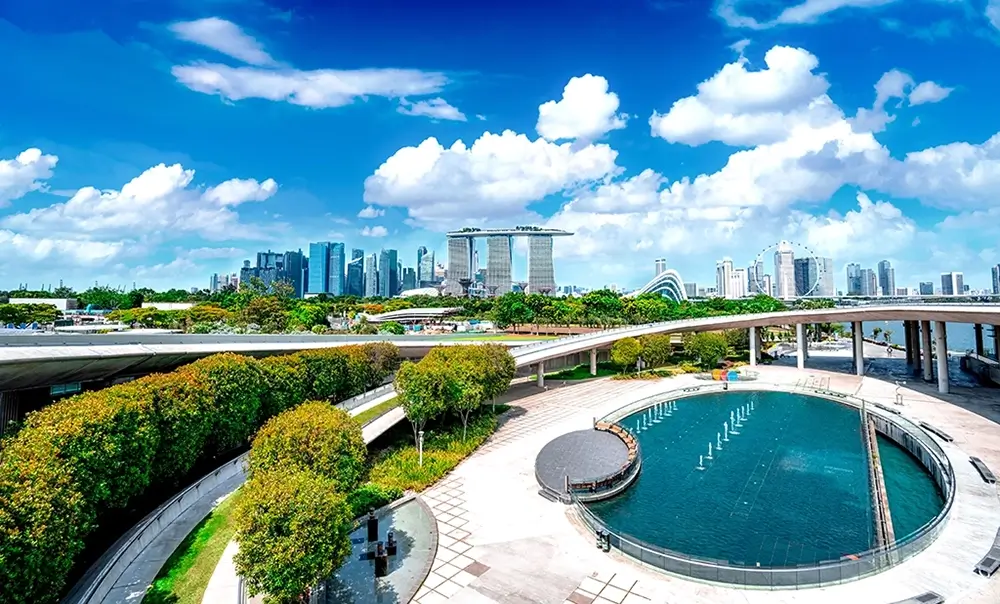
What goes round comes around: how smart utilities can help power the circular economy
Most economies are linear, where natural resources such as fossil fuels are extracted, processed and consumed, then thrown away as waste. The circular economy is one that cycles back the resources, minimising waste. According to the Circle Economy Foundation, our world is only 8.6% circular1.
Singapore is among the world’s greenest cities with almost 47%2 of it being green space and a whole-of-nation approach commitment to being a circular economy3.
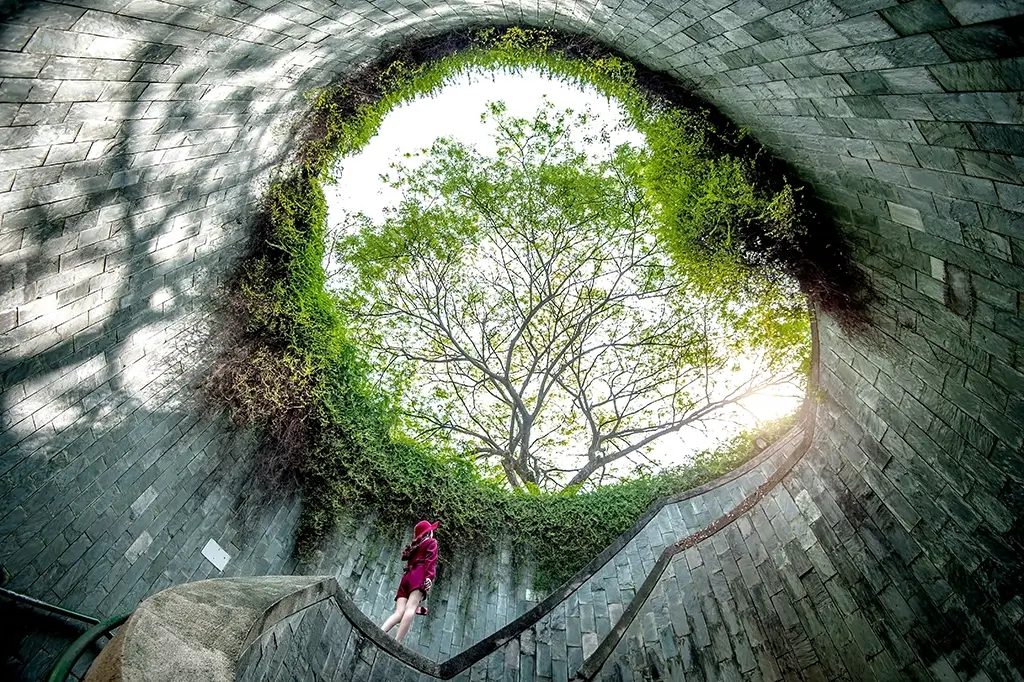
In a circular economy of reduce, reuse and recycle, carbon reduction is a top priority. This can be achieved in several ways: reducing consumption and wastage, choosing low-carbon alternatives, and removing carbon through new technologies.
This article will explore how having a smart utilities strategy can contribute to carbon reduction through optimised usage, and integration with low-carbon energy alternatives.
Overview
Singapore’s carbon emissions will likely increase momentarily, peaking around 2025 before resuming its downward trend4. This is due to activities resuming as the economy fully reopens post-COVID, and the new major public infrastructure in the pipeline - such as transportation, healthcare, waste management and water treatment facilities.
These investments will drive greater efficiencies in energy and water, and help reduce wastage, bringing down carbon emissions post-2025.
Optimise usage to reduce carbon emissions
The built environment is responsible for about 20% of Singapore’s carbon emissions5. Carbon reduction in this sector would contribute greatly to the nation’s overall sustainability efforts.

Within a typical office building, carbon emissions are such that:
- 70% comes from building operations, such as utilities6
- 30% is embodied in the building materials and products used in construction and renovation
As Singapore’s recycling rates for construction and debris waste are already close to 100%7, the opportunities for carbon reduction in the built environment will primarily be in building operations.
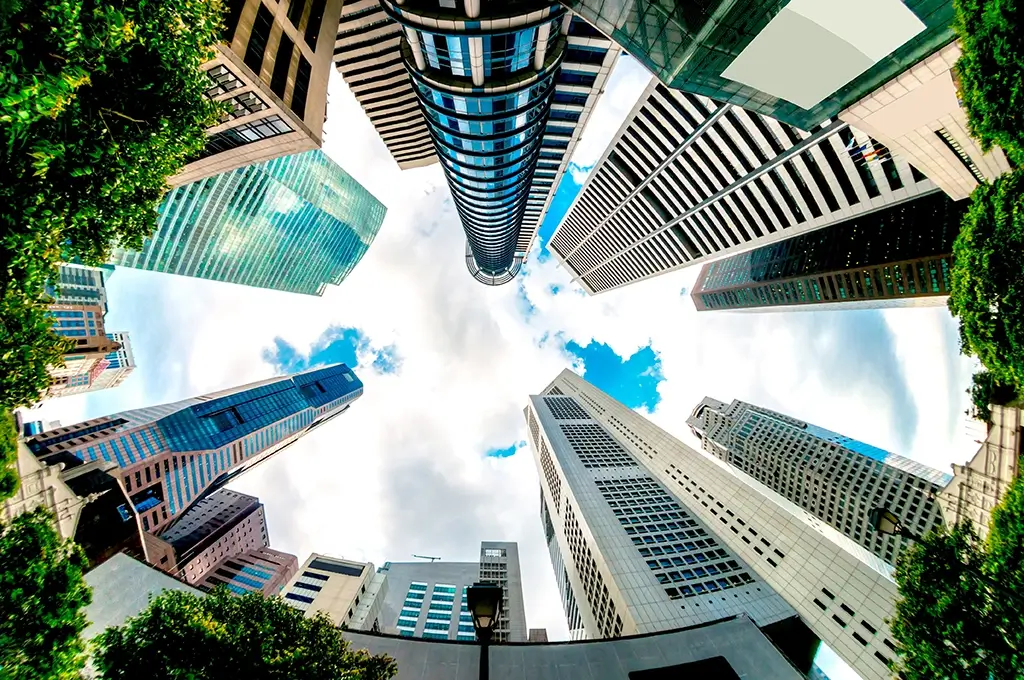
Turning your properties into green buildings
Existing buildings can transform into green buildings, by reducing carbon emissions in their operations. SP Digital’s suite of solutions, called Green Energy Tech (GET®), enables energy and water savings and efficiencies, with minimal disruption to your operations. Smart devices such as smart meters and smart sensors can be installed easily, with no need for major reconstruction or retrofitting of buildings. What’s more, old meters can be recycled, thus reducing waste and contributing to the circularity of materials. SP Digital’s GET smart utilities management system helps support the whole-of-nation movement to transform buildings into Super Low Energy Buildings (SLEB),
Smart energy and water management
In the GET suite, GET® Insights can be deployed to provide data insights and an integrated view of utilities consumption in your built assets. GET Insights can work at scale, ranging from a single building to a portfolio of properties. In a project to establish benchmarks and methodologies for energy and water usage in 300 buildings, about 600 standardised smart, revenue-grade electricity and water meters were installed. The data-rich system included consumption levels and patterns, and alerts on possible anomalies. With greater visibility, the occupants could better manage utilities consumption and fulfill sustainability goals.
Smart tenant utilities management
GET Insights can be complemented with GET® TenantCare, a smart and automated tenant submetering and billing solution that helps landlords save time and prevent revenue leak.
Integrating with low-carbon alternatives
Singapore has plenty of sunshine for most of the year. Reducing the reliance on conventional sources of electricity, Singapore is now one of the most solar-dense cities in the world8. Energy Storage Systems (ESS) are added to the ecosystem, to enhance grid resilience. In February 2023, Singapore officially launched a 285 megawatt-hour ESS on Jurong Island, the largest ESS in Southeast Asia.
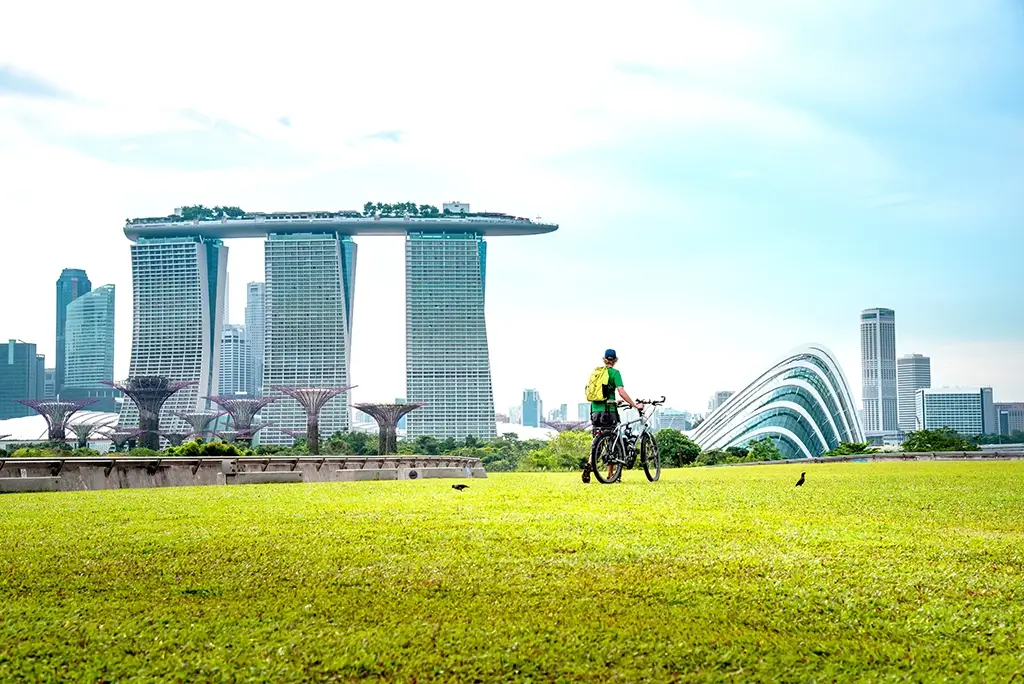
Smart and cool solutions
Cooling in a building can account for up to 60%9 of its energy usage. When cooling is done right, it can have a significant business impact. With SP Digital’s GET® Control, the self-learning building intelligence system for microclimate control, you can
- potentially save up to 30% on cooling energy and 18% on carbon emissions
- quickly retrofit devices to existing equipment and save up to 25% on man-hours compared to a Variable Air Volume (VAV) system replacement
- have minimal disruption to business operations as the installation of smart devices is modular and scalable
On a larger scale, SP Group’s District Cooling leverages on centralised energy systems to help buildings, districts, and townships improve energy efficiency, lower operational costs and reduce their carbon footprint. Notable projects are Marina Bay in Singapore, the world's largest underground district cooling network, and Raffles City Chongqing, the largest shopping mall in Chongqing, China.
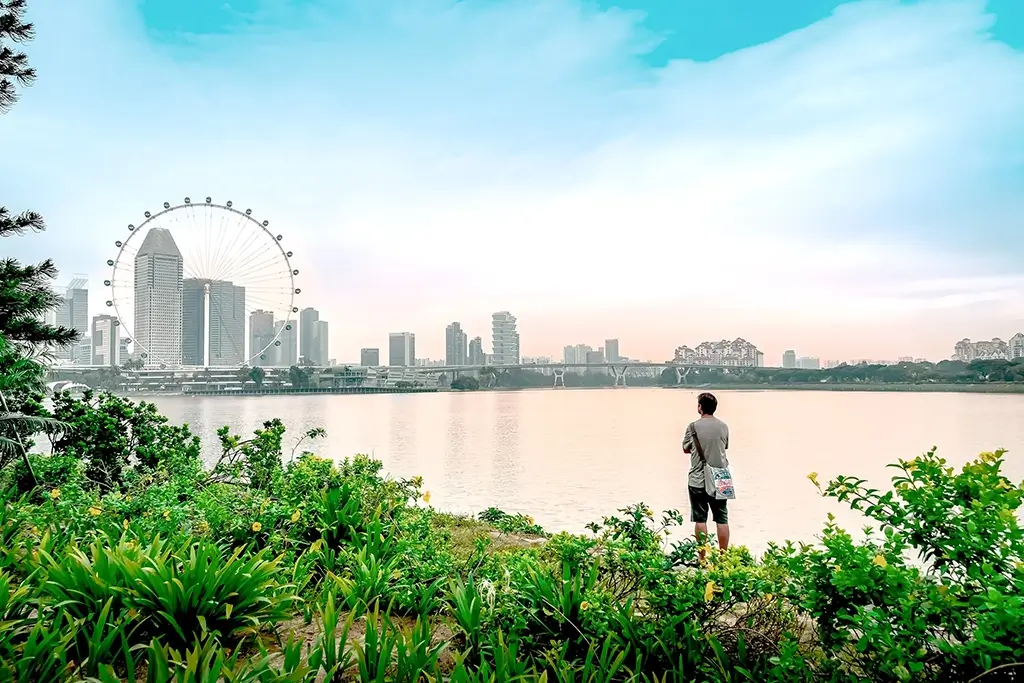
What does the future hold?
To complement its advance towards net zero, Singapore is exploring carbon capture, utilisation & storage (CCUS), to create greener energy as a result. This involves capturing carbon dioxide produced from emission sources such as power plants, and converting it into usable products, or transporting it to a storage site and depositing it to prevent it from entering the atmosphere10.
In the meantime, readily available solutions such as SP Digital’s GET can be deployed to deliver energy, water and time efficiencies for businesses in the built environment.
Footnotes
1Our world is now only 8.6% circular, Circle Economy Foundation News, February 2024
2Which cities have the most green space? City Monitor, August 18, 2023
7How do we manage waste sustainably? TowardsZeroWaste.gov.sg website
9Super Low Energy Building Technology Roadmap, Building & Construction Authority (BCA), page 7.